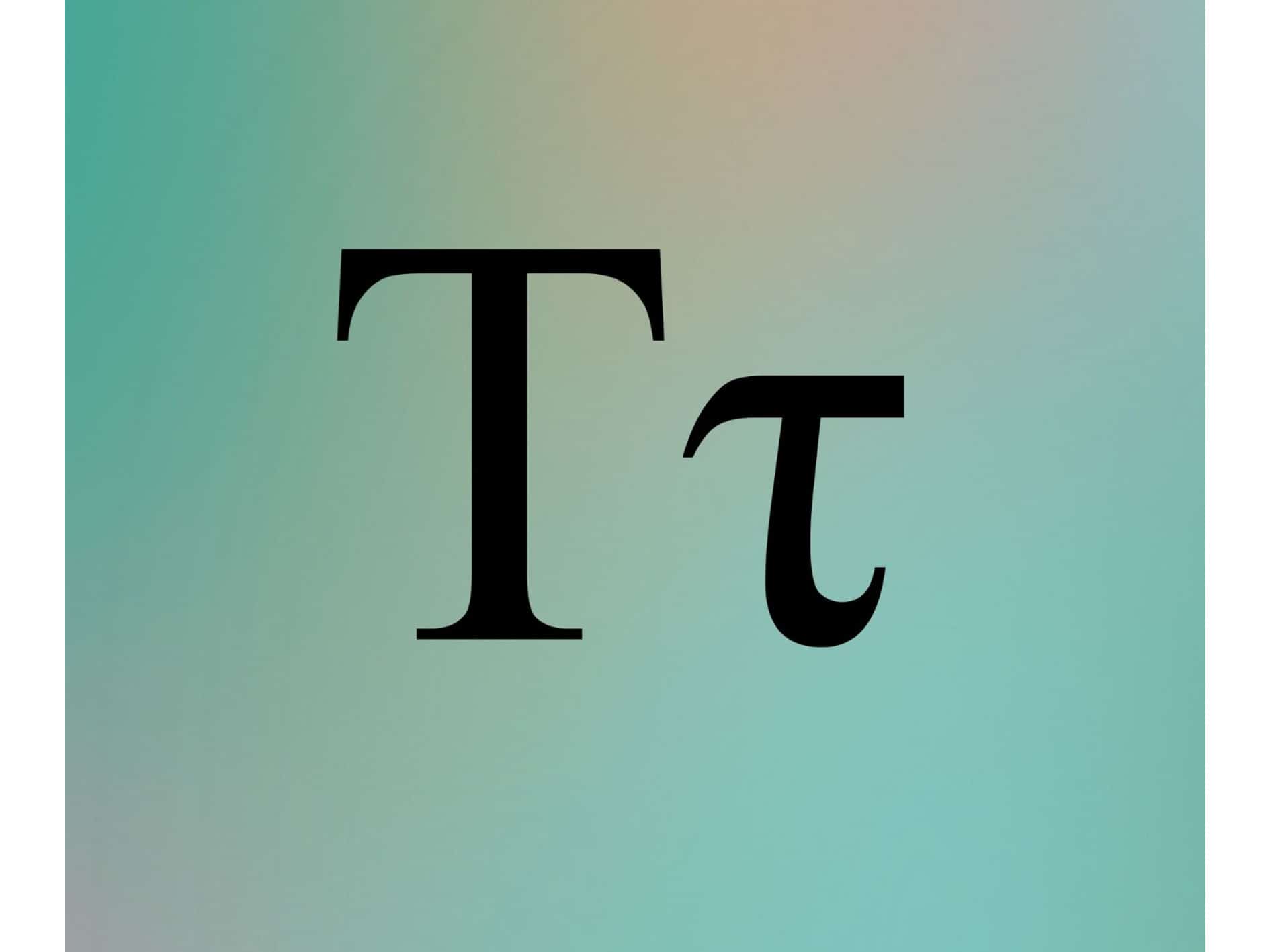For all the incredible scientific progress we have made when coming together in pursuit of common goals, discord and strife have also always been prominent within academic communities. From mapping the solar system to unravelling the DNA double helix, debate and controversy have been far from uncommon throughout the history of science.
Of all the scientific concepts known to mankind, one of the very few that I did not expect to carry some controversy with it is the constant pi. This mathematical constant is well established as an essential component of mathematics, and it is so entrenched in popular culture that it seems nearly ‘untouchable’ — but even pi is not without its cynics.
Pi falls short?
In the early twenty-first century, debates began to arise over the efficiency of using pi as the standard for calculations. As anyone who has taken math at a high school or university level should know, pi denotes the relationship between the circumference of a circle and its diameter, while ‘two pi’ represents the ratio between the circumference and radius of a circle. As such, most formulas involving pi require that pi be multiplied by a factor of two, which some math lovers believe to be an unnecessary muddle.
One of the first proponents for a system based on two pi instead of pi is Bob Palais, a mathematics professor at the University of Utah. In 2001, he published an opinion piece arguing that the traditional use of pi was inefficient and that two pi would correct this insufficiency. When using pi in some famous geometric formulae, such as Cauchy’s integral formula and the Fourier series, pi has to be multiplied by a factor of two. Palais put forward a three-legged pi symbol to instead represent two pi — which, to him, would make formulas and proofs easier to read. Palais believed that demystifying these calculations through their simplification would also help make mathematics more accessible to young learners, providing an opportunity for educators to “impress students with a beautiful and natural simplification” of trigonometry and geometry. Although Palais’ particular constant never caught on, he helped to spark a growing movement of mathematics enthusiasts who found beauty in the simplicity of their beloved subject.
Tauists unite
Two pi went mainstream in 2010 when Michael Hartl, a Harvard and Caltech-educated physicist and an educator, published the Tau Manifesto. He outlined several fundamental formulae — including Gaussian distribution, Riemann zeta function, Cauchy’s integral formula, and the Fourier series — which would be made more elegant by replacing pi with two pi. Hartl referred to this new derivation as the constant ‘tau.’
Tau has since caught on amongst many math lovers, ranging from amateur hobbyists to established academics. Popular math and science accounts on social media have championed the usage of tau, revelling in the conciseness it bestows upon mathematics. Widely beloved educational website Khan Academy, which sees millions of users a year, now accepts answers in both pi and tau. Tau has now been made available for use in programming languages including Python, Processing, and .NET.
Even some of the world’s top educational institutions have come around on the topic of tau. The Massachusetts Institute of Technology, which has traditionally released its admissions decisions on Pi Day, added to this practice in 2012 by making results available at Tau Time — 6:28 PM. In 2013, Oxford University hosted a conference titled “Tau versus Pi: Fixing a 250-Year-Old Mistake.” Tauists, as the avid supporters of the constant call themselves, celebrate Tau Day on June 28 by eating twice as many pies as they would eat on Pi Day and by proudly wearing special tau-themed merchandise.
Due to the long-established status of pi as the world’s favourite number and its ubiquity in textbooks, lectures, and even geeky stores, it’s unlikely that tau will ever actually replace pi, even if tau does prove to be a more logical choice. Modern-day science has grown accustomed to pi, clunkiness and all, and math is flexible enough to accommodate a little multiplying by two here and there. The Tauists might never relent and we may never satisfy everybody, but just as in ages gone by, it may be a good thing to have a little discord sometimes.
And if there’s one thing we can all agree on, it’s that two pies are better than one!


